Fluoropolymer-lined pumpsare crucial equipment for handling corrosive liquids and chemicals. When selecting a fluoropolymer-lined pump, the choice of material is of utmost importance. FEP (Fluorinated Ethylene Propylene) and PFA (Perfluoroalkoxy) are two common fluoropolymer lining materials. This article delves into the differences between these materials to help you better understand when to choose each material for different applications.
FEP Material: FEP (Fluorinated Ethylene Propylene) exhibits the following characteristics:
Excellent Corrosion Resistance: FEP can resist a wide range of chemicals and corrosive media, making it an ideal choice for handling various fluids.
Good Temperature Resistance: FEP has a broad operating temperature range, typically functioning between -100°C to 150°C, making it suitable for low to moderate-temperature applications.
Smooth Surface: FEP has a very smooth surface that resists the adhesion of solid particles, aiding in reducing pump interior scaling and clogging.
PFA Material: PFA (Perfluoroalkoxy) is another common fluoropolymer lining material with the following features:
Outstanding Corrosion Resistance: PFA exhibits exceptional corrosion resistance and can withstand highly concentrated acids, alkalis, and other corrosive media.
High-Temperature Stability: PFA can operate at higher temperatures and typically has a working range between -200°C to 260°C, making it suitable for high-temperature applications.
Excellent Electrical Insulation: PFA offers excellent electrical insulation properties, making it suitable for applications that require electrical insulation.
Considerations for Material Selection: When choosing between FEP and PFA as the lining material for your pump, you should consider the following factors:
Operating Temperature: Consider the working temperature range of your application and select the appropriate material. If high-temperature performance is required, PFA may be more suitable.
Nature of the Medium: Consider the chemical properties of the liquid you need to handle to ensure the selected material can withstand it.
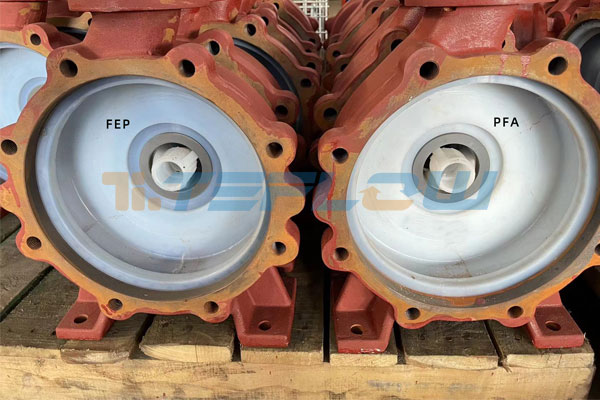
Cost: PFA is typically more expensive than FEP, so consider your budget when making a choice.
Application Requirements: Based on the specific needs of your application, such as corrosion resistance, temperature range, and electrical insulation performance, make an informed decision.
Both FEP and PFA are excellent choices for fluoropolymer-lined pumps, but they differ in terms of temperature resistance, corrosion resistance, and electrical insulation properties. The right choice will depend on your specific application requirements. A thorough understanding of the characteristics of these two materials will help ensure that you select the most suitable fluoropolymer lining material, improving operational efficiency and ensuring the long-term reliability of your equipment.





 +86 18130251359
+86 18130251359 teflowpumps@tlpumps.com
teflowpumps@tlpumps.com

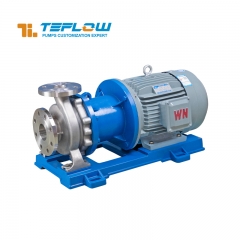
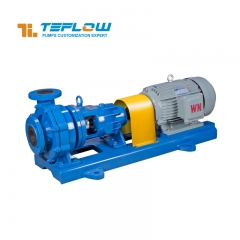
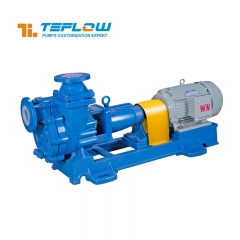
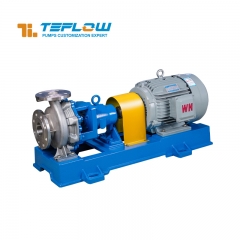








 +86+0563-5093318
+86+0563-5093318
